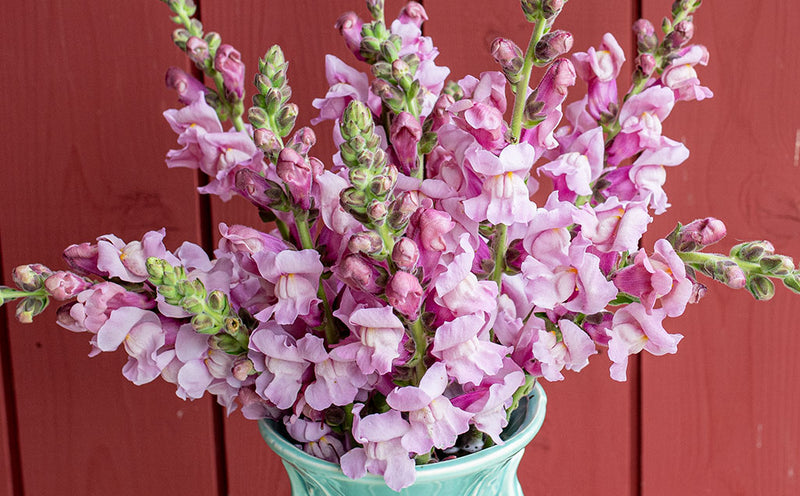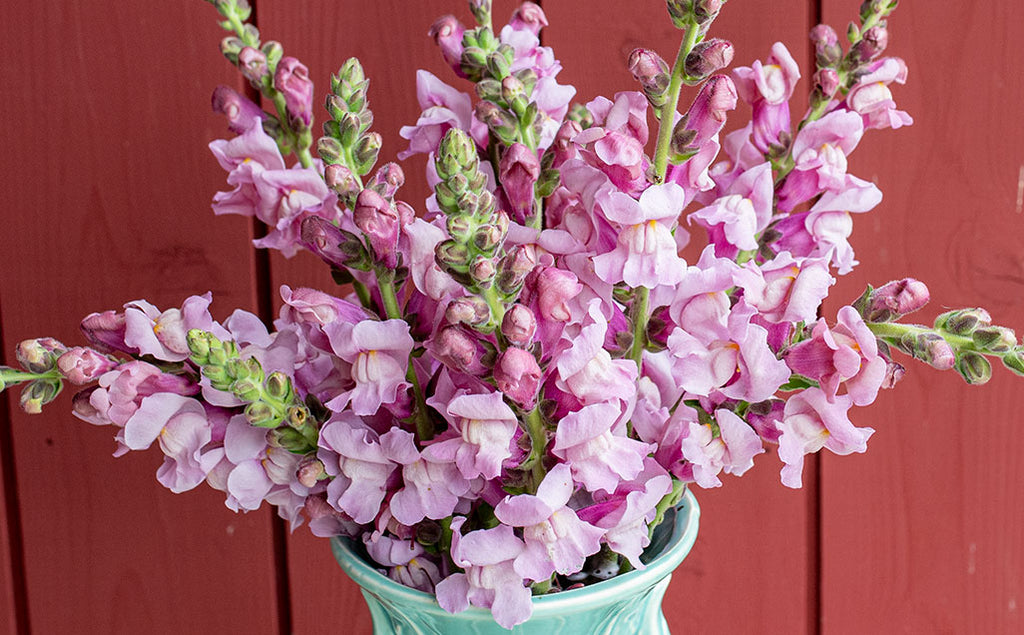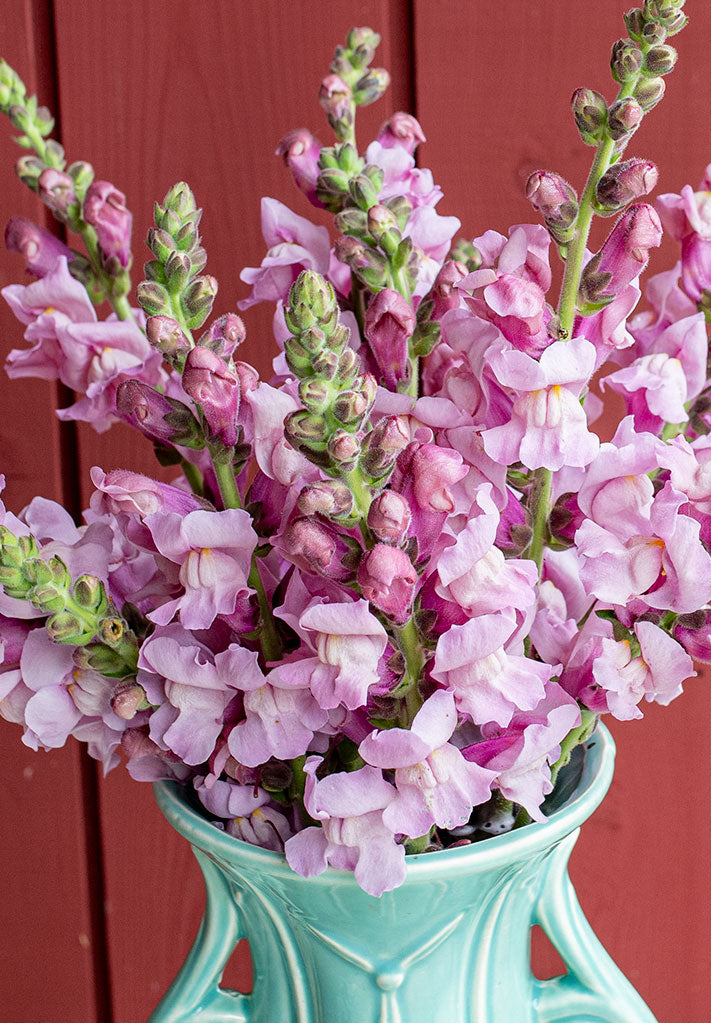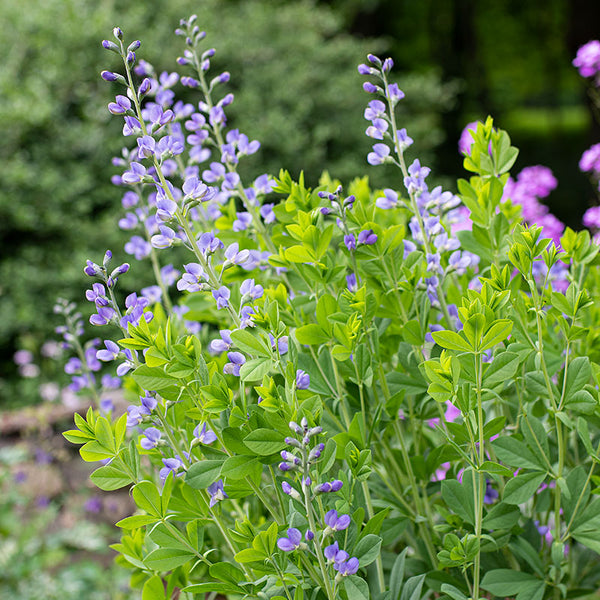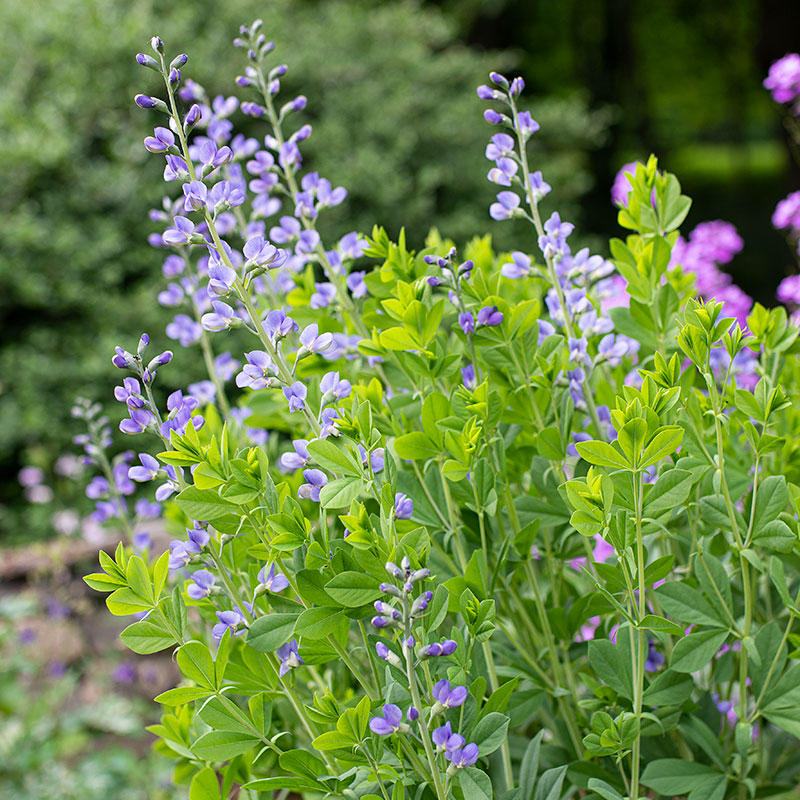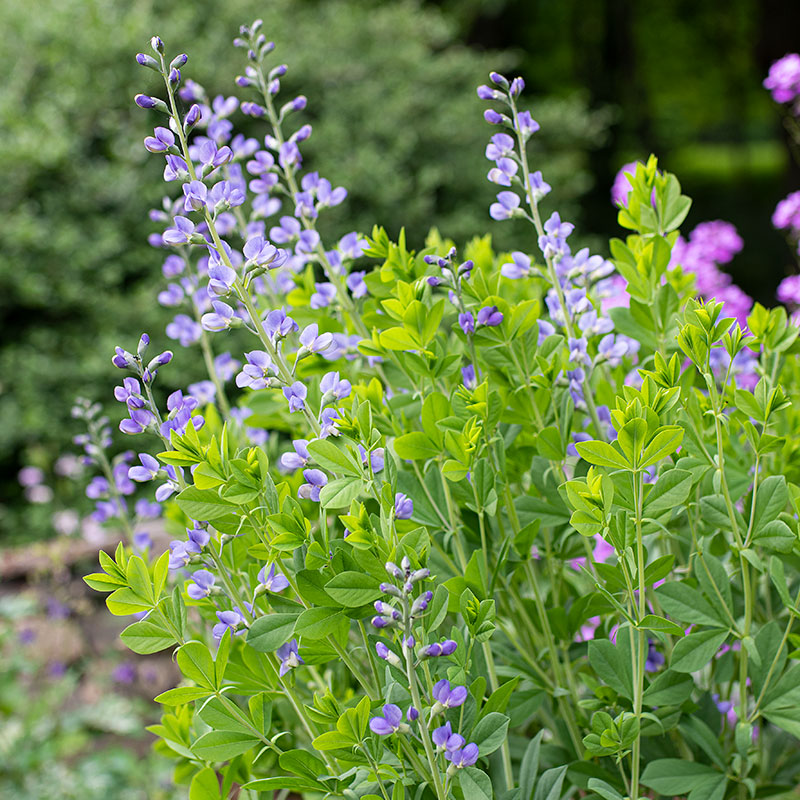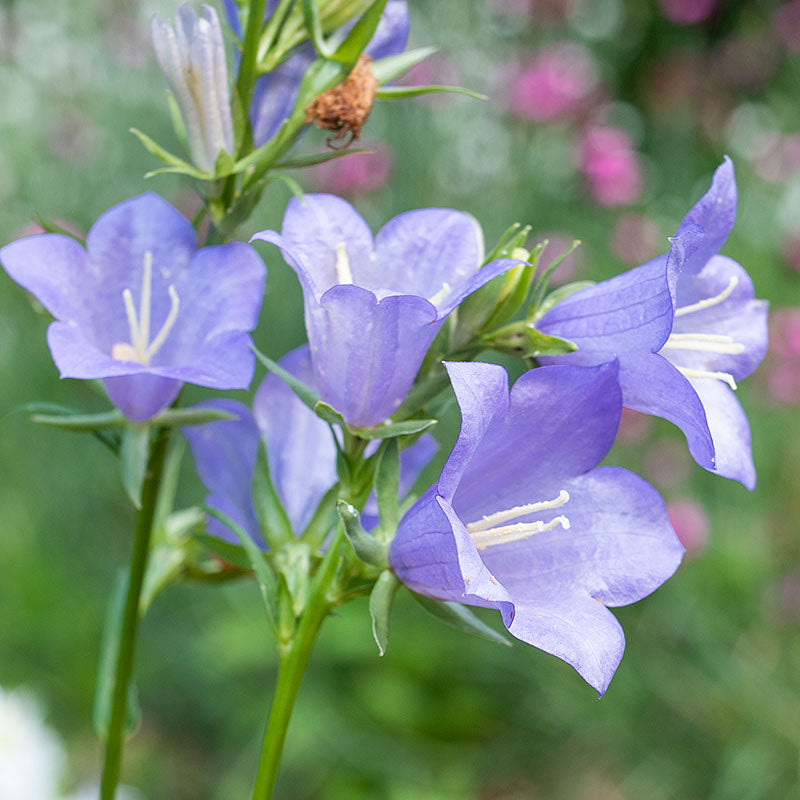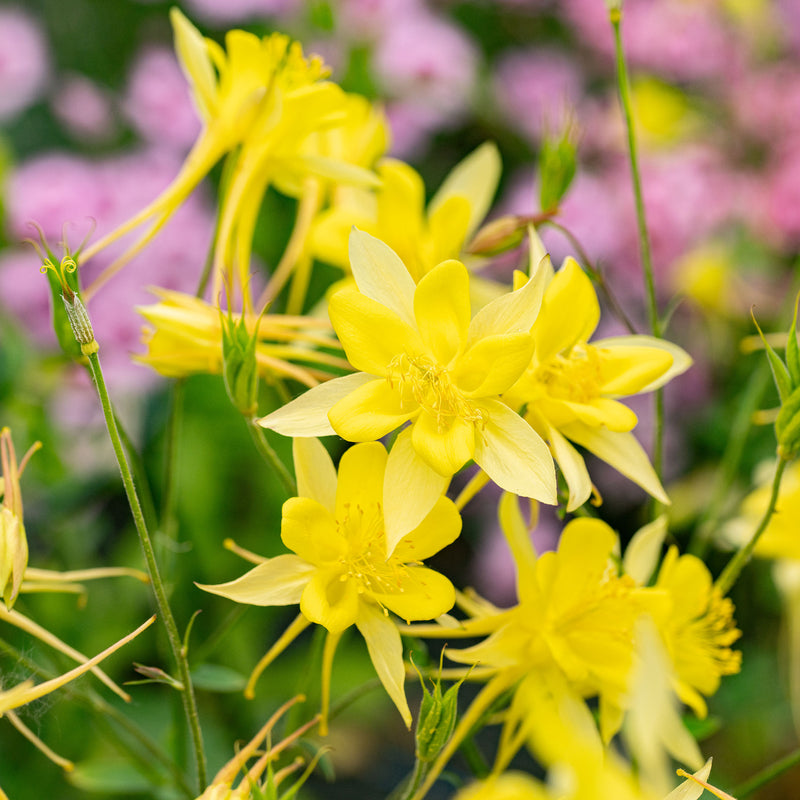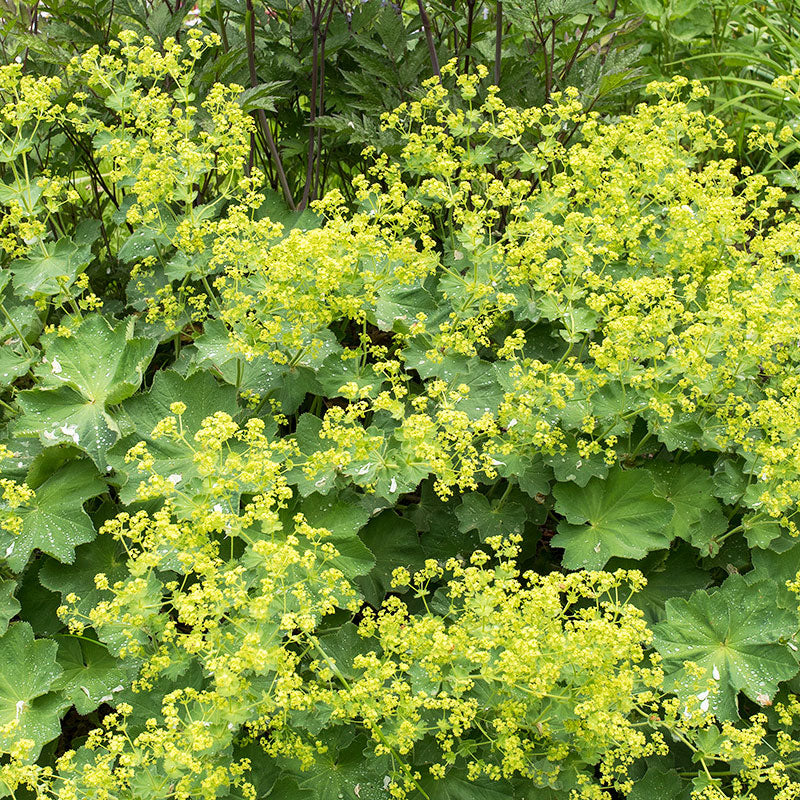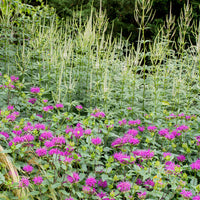Seed Packet
Baptisia - Blue False Indigo
Baptisia australis
Native to the eastern half of the country and once known as Blue Sophora, by 1758, false indigo was comfortably settled in gardens. The pinnate leaves are blue-gray and look great all season long, and the dark lavender blue spires of pea-like flowers add much to the overall lushness of the June garden. Low maintenance and long-lived, it becomes a small bush in time and a classic companion to peonies and roses.
SKU #S020
Growing Companions
